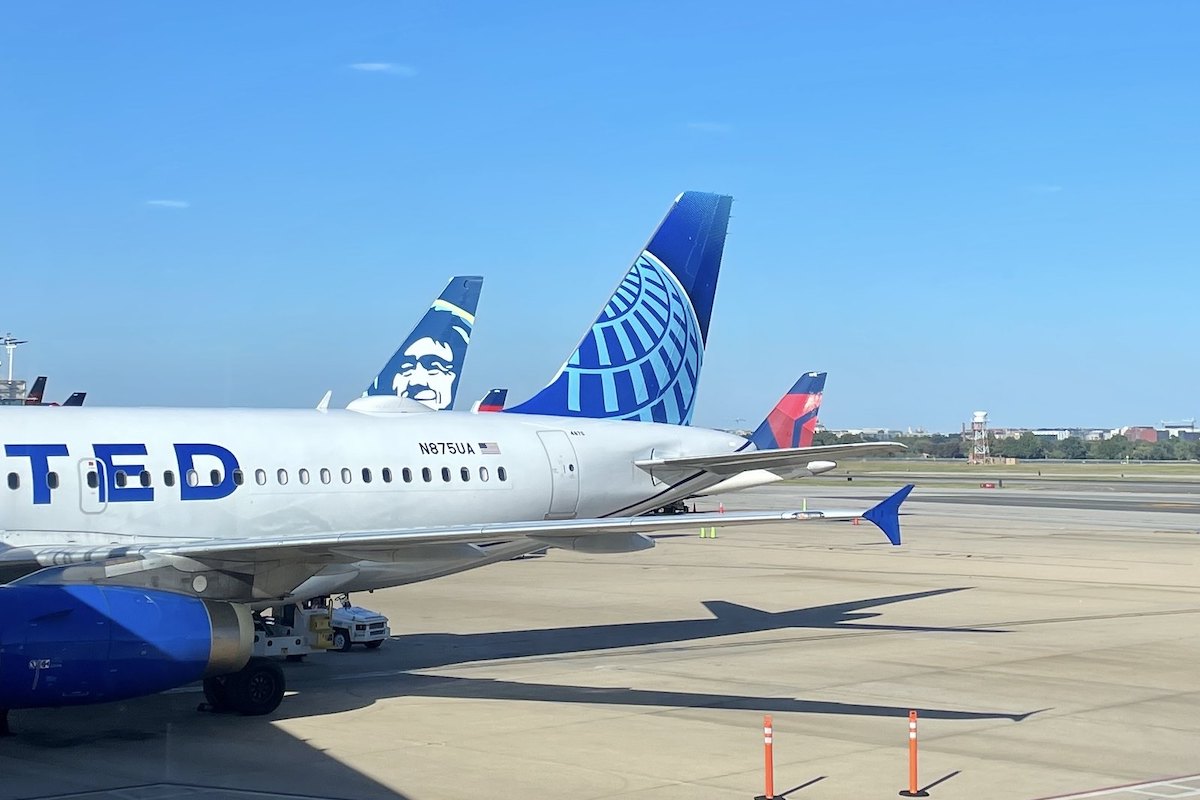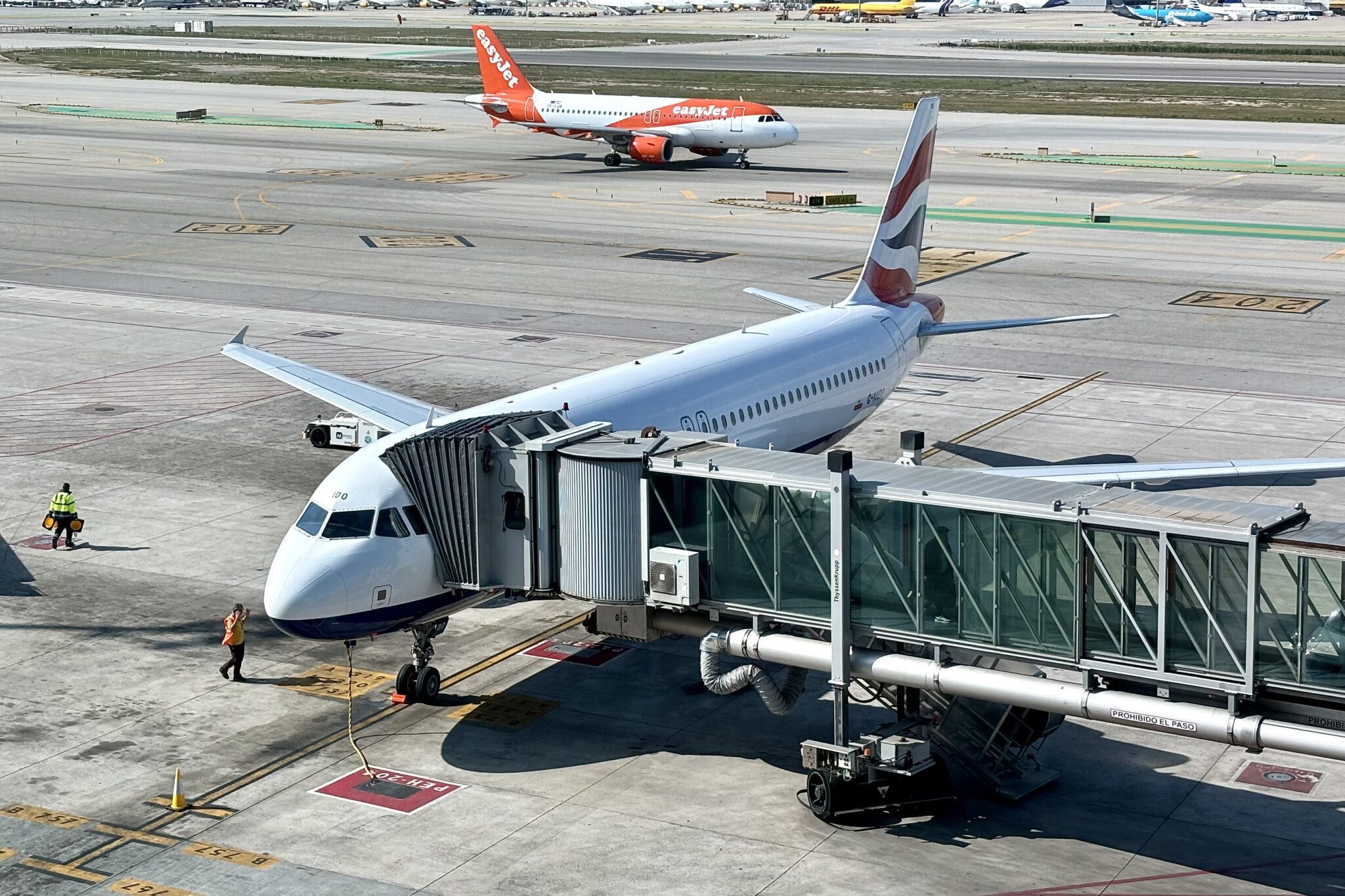U.S. airlines expect to fly a record number of travelers this summer despite a national air traffic controller shortage and other issues limiting the number of flights.
The trade group forecasts U.S. airlines will carry 257 million travelers from June 1 through August 31, a nearly 1 percent increase over 2019 numbers. Flight numbers, however, will be down roughy 11 percent compared to four years earlier due to the numerous operational constraints on airlines, including delays to new aircraft and the controller shortage. The average number of seats per departure will be up 14 percent to 137.
“If we are going to grow this business, and accommodate the volume of demand out there, we’re going to need more flights,” A4A Chief Economist John Heimlich said during a briefing in Washington, D.C., Wednesday in response to questions over how sustainable the flight reductions are long term.
Travel demand, still driven by the strength of leisure fliers, is forecast to exceed pre-pandemic levels this summer. U.S. airline executives have repeated ad nauseam the strength of demand and their strong bookings for the upcoming peak travel period. At the same time, they have said they cannot fly as much as they would like due to operational constraints that include their own capabilities as well as those outside their control.
“We need 10 percent more pilots and 5 percent more aircraft to produce the same number of pre-pandemic ASMs,” United Airlines CEO Scott Kirby said in January, referring to the common measure of airline capacity, available seat miles (ASMs).
U.S. Transportation Secretary Pete Buttigieg said Tuesday that the Federal Aviation Administration was working with airlines to avoid delays. This includes opening more than 100 new, more-direct air routes, and waiving usage requirements for up to 10 percent of all slots and runway timings at the three main New York City airports. However, he acknowledged that FAA was short roughly 3,000 air traffic controllers, and that filling those positions would take years of hiring and training.
“This is going to be a journey, especially when you factor in attrition, to get to levels we want to see,” Buttigieg said. “I think it’ll be a while before we’re at levels we’d like to see.”
The FAA plans to hire 1,500 new controllers this year, and another 1,800 next year if President Biden’s proposed budget is approved. It takes around three years to train and certify a new air traffic controller.
But the FAA’s hiring plans may not be as robust as they seem at first glance. Roughly half of all new hires drop out of the agency’s air traffic control training program in Oklahoma, said Paul Rinaldi, president of Renaldi Consultants and previously the head of the National Air Traffic Controllers Association. That significantly reduces the number of new controllers coming into the system, which is still catching up from the suspension of training during the pandemic.
Both airlines and the FAA agree that additional funding is needed to restore air traffic controller numbers and modernize the U.S. air transport system. The agency’s 5-year budget is up for reauthorization this year with Congressional proposals expected in June. It is unclear how the on-going debt limit talks and Republicans’ calls for broad budget cuts could impact the FAA.
However, if there is something that gets Congress moving on a deal it is air travel. The last U.S. government shutdown in December 2018 and January 2019 ended suddenly after a 35-day standoff the same day that the FAA said it would begin halting flights at New York’s LaGuardia airport due to staffing.
New York is again a focus of the air traffic controller shortage this summer. Airlines have reduced their schedules by nearly 6 percent, or an average of 104 flights per day, from June through August under the FAA’s waiver, Heimlich said citing Cirium Diio data. LaGuardia will see the most cuts, followed by Newark and JFK. At the same time, the average number of seats per departure are up nearly 7 percent.
“It’s more mainline flying, and bigger tubes,” Heimlich said. By “tubes,” he referred to larger aircraft, for example switching a flight from a 76-seat Embraer E175 to a 126-seat Airbus A319.
Airlines have been investing in larger planes to replace smaller, older ones — what is known as “upgauging” — for more then a decade. Delta Air Lines kicked off the current effort when it agreed to lease Boeing 717s with 110 seats to replace 50-seat regional jets in 2012. Upgauging allows airlines to drive down costs and boost revenues, while also growing while keeping their fleet count roughly flat. United’s order last December for another 100 Boeing 737 Maxes was the latest iteration of this decade-long process.
The threat of widespread flight delays and cancellations this summer remains significant. Air traffic control centers in Chicago, Denver, and Los Angeles all have staffing challenges, said Sharon Pinkerton, A4A Senior Vice President for Legislative and Regulatory Policy. And the weather, the largest cause of flight disruptions, is outside of everyones’ control.
“This is god, this is the airlines, and this is us,” Buttigieg said on the three main causes of flight disruptions. The weather, aka “god,” caused 58 percent of all U.S. flight cancellations, airlines 34 percent, and air traffic control issues 8 percent from August 2022 through this February, in data from A4A he cited.





